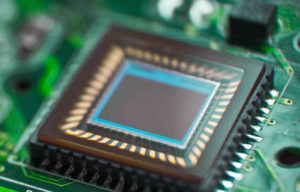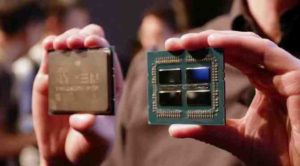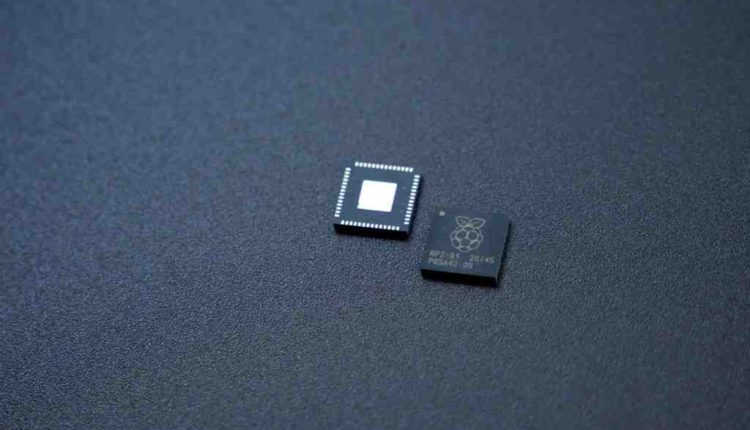Gallium Nitride (GaN): The Emergent Force in Semiconductor Technology
In the semiconductor world, Silicon has long held the throne. But a new contender, Gallium Nitride (GaN), is increasingly being heralded as the future. With its exceptional properties, GaN has begun to significantly influence the development of power electronics, radio frequency (RF) applications, and even light-emitting diodes.

Understanding GaN: A Semiconductor Showstopper
GaN is a direct bandgap and wide bandgap semiconductor material, boasting an impressive bandgap of 3.4 eV, compared to silicon’s 1.1 eV. This wide bandgap allows GaN to operate at higher frequencies, voltages, and temperatures than conventional silicon or gallium arsenide semiconductors.

Moreover, GaN exhibits superior electron mobility, thermal conductivity, and power density, making it advantageous for applications that require high-power, high-frequency operations. These properties, combined with its unique crystal structure, allow GaN power devices to outperform their silicon counterparts, making GaN a key player in the power semiconductor landscape.
GaN vs. Silicon: A Paradigm Shift
Compared to legacy silicon technologies, GaN power ICs, and transistors offer significant benefits. GaN can handle higher power and operate at higher temperatures and frequencies than silicon, thereby delivering improved efficiency and power density. GaN power ICs can switch at higher frequencies than silicon-based devices, making them ideal for power supplies and power conversion systems.
Additionally, GaN’s superior thermal properties allow it to maintain performance under high-heat conditions, where silicon devices may falter. As a result, GaN technology is particularly well-suited for specific applications like electric vehicles (EVs), where high power and efficiency are critical.
GaN in Action: Transforming Power Electronics and Beyond
Beyond power electronics, GaN has proven its worth in a wide range of applications. In the RF domain, GaN devices outshine silicon carbide and gallium arsenide devices, making GaN the preferred choice for transmitting and receiving signals.
In optoelectronics, GaN serves as the substrate for violet laser diodes used in Blu-ray technology. Furthermore, GaN’s properties also make it a promising spintronics material and the material of choice for light-emitting diodes, which require less energy than conventional light sources.
Navigating the Future with GaN
While GaN’s journey into the mainstream semiconductor industry has just begun, several semiconductor giants are already incorporating GaN into their operations. Companies like Navitas Semiconductor are banking on GaN technology’s potential to displace slower silicon chips in various infrastructure applications.
Despite the initial challenges of fabricating a thin layer of GaN on a standard silicon wafer, advances in crystal growth technology have made GaN more accessible and affordable. Combining gallium and nitrogen to make GaN is now easier than ever, paving the way for this solid material to lead the next wave of semiconductor innovations.
Conclusion
With the promise of higher efficiency, greater power handling, and exceptional operational advantages over silicon, GaN is increasingly making a compelling case as the semiconductor material of the future. Its wide bandgap, high electron mobility, and thermal stability are already revolutionizing power electronics, optoelectronics, and RF applications. As GaN technology continues to evolve, we can expect to see a broader impact on the semiconductor industry and beyond.




Comments are closed.